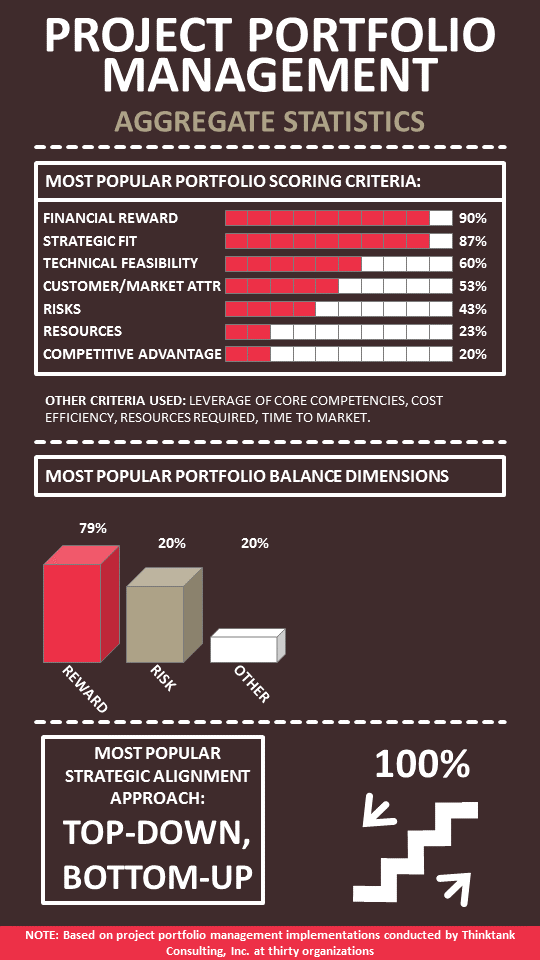Infographic - Aggregate Project Portfolio Management Statistics Across Multiple Industries
Submitted by Jamal Moustafaev on Wed, 03/01/2017 - 18:24
This is the final installment of my Project Portfolio Management infographics describing PPM models in various industries. This particular post presents aggregate statistics from a variety of industries: energy, logistics, financial, government, pharma, product development, professional services and telecom.
For more information please see my book “Project Portfolio Management in Theory and Practice: Thirty Case Studies from around the World” that has just been released by Auerbach Publications.

About the Author
Jamal Moustafaev, MBA, PMP – president and founder of Thinktank Consulting is an internationally acclaimed expert and speaker in the areas of project/portfolio management, scope definition, process improvement and corporate training. Jamal Moustafaev has done work for private-sector companies and government organizations in Canada, US, Asia, Europe and Middle East. Read Jamal’s Blog @ www.thinktankconsulting.ca
- Please follow me on Twitter:
- Like our page on Facebook:
- Connect with me on LinkedIn:
- Subscribe to my RSS feed:
Jamal is an author of three very popular books:
